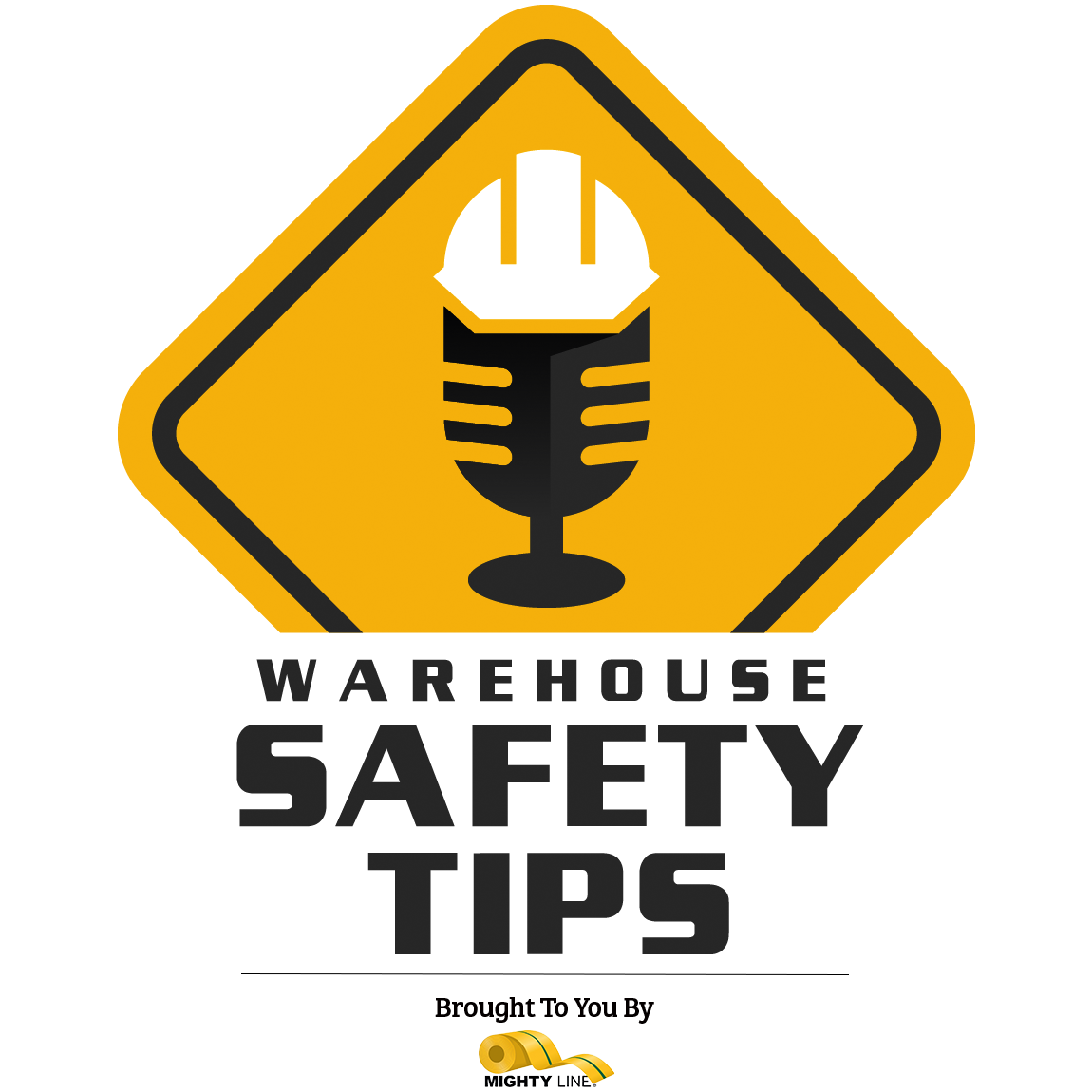Incident Reporting & Root Cause Analysis: Digging Past “Human Error” to Find Root Causes
Incident Reporting & Root Cause Analysis: Digging Past “Human Error” to Find Root Causes
Today’s podcast will cover week four of five on ‘Incident Reporting And Root Cause Analysis‘.
You can find the show notes to each episode, links to the information mentioned on the podcast, the social media platforms we’re on, and anything else related to the podcast at WarehouseSafetyTips.com.
If you’re a seasoned Podcast Listener, this podcast will be different from most you listen to. It’s based on exactly what the name implies – Warehouse Safety Tips. And since the people in that industry are busy – we know time is money so each episode will be as short and to the point as possible.
And now that all that is out of the way – let’s get to the Podcast!
Incident Reporting & Root Cause Analysis: Digging Past “Human Error” to Find Root Causes
In safety, the phrase “human error” gets tossed around a lot. A pallet falls. A worker trips. A forklift crashes into a rack. The quick conclusion? “Someone messed up.” But stopping there doesn’t fix the issue. It just points fingers.
Week 4 of our Incident Reporting & Root Cause Analysis focus is all about looking deeper. Not just what went wrong, but why it went wrong—and how to stop it from happening again. That’s where the difference between surface cause and root cause matters.
Surface causes are usually what’s visible right away. Root causes are often buried in procedures, training gaps, or system failures. If we want long-term fixes, we need to go past the obvious.
Here are a few ways to shift your focus from surface cause to actual root cause:
1. Don’t accept “human error” as the final answer.
It’s rarely that simple. Human error is usually a symptom, not the disease. What caused the mistake? Was there a lack of training? Confusing instructions? An unrealistic production deadline?
2. Ask “Why?” more than once.
One “why” barely scratches the surface. Ask it five times if needed. Each answer should bring you closer to what really caused the issue. Example: “Why did they fall?” leads to “Why wasn’t the area clear?” leads to “Why wasn’t housekeeping done?” and so on.
3. Review systems, not just people.
Blaming a person doesn’t change a system. Look at processes. Were checklists skipped? Were shortcuts taken because of time pressure? Is the layout making safe work harder?
4. Don’t rush to patch it—solve it.
Putting cones around a spill after a fall is fine—for now. But why did the spill happen in the first place? Surface fixes are temporary. Root cause fixes are lasting.
5. Track repeated incidents.
If you keep seeing the same near-misses or injuries, the issue isn’t random. Look for patterns. That’s where root causes tend to hide.
As always, these are potential tips. Please be sure to follow the rules and regulations of your specific facility.
Getting to the root cause isn’t about assigning blame. It’s about building a safer facility from the inside out. A strong Safety Culture doesn’t just react—it investigates, adapts, and improves. When we fix the system, we protect the people.
And remember—if you ever feel like something “just isn’t right,” trust your instincts. Speak up. Report it. Safety isn’t about silence. It’s about action.
Thank you for being part of another episode of Warehouse Safety Tips.
Until we meet next time – have a great week, and STAY SAFE!
Before moving on, here’s a word from one of our sponsors.
If you’ve ever been to or worked in a warehouse, you know just how important safety is to management and staff. It’s almost impossible to go 10 steps without seeing Safety Tape, Angles, Signs, and/or products.
These items show us how to be safe and avoid danger in the workplace. And if you’re looking for the best products to make this happen, look no further than Mighty Line!
Mighty Line Floor Signs / Floor Markings offer the best industrial products!
Go to MightyLineTape.com/SafetyTips to request a Sample Pack of their incredible Safety Signs and Floor Markings.
What makes Mighty Line the superior choice in keeping your facility safe and productive?
- Mighty Line Tape is the strongest floor tape on the market and has a beveled edge that increases durability for industrial brush scrubbers, forklifts, and heavy industrial wheel traffic.
- Easy installation and removal thanks to Mighty Line’s peel-and-stick backing. You can apply and reapply it during installation – and it leaves no sticky residue should you need to remove it. This allows the ability to change workflow areas quickly and easily – and not have the downtime associated with painting or using floor markings that leave behind a mess when you remove them.
- Mighty Line Tape is 7 times thicker than the average Safety Floor Tape.
- Mighty Line’s Signs and Markings come in various shapes, colors, and sizes. And if they don’t have what you’re looking for in stock – their Customize It Program allows you to create exactly what you’re looking for.
- Mighty Line offers a Limited 3-Year Warranty on their Floor Signs and Markings.
- And last but certainly not least – Mighty Line Products are Patented and PROUDLY Made in the USA!
We’re proud to have Mighty Line as THE Official Floor Sign / Floor Marking Company for the Warehouse Safety Tips Podcast and Site.
Again – Go to MightyLineTape.com/SafetyTips to request a Sample Pack of their incredible Safety Signs and Floor Markings.
If you visit WarehouseSafetyTips.com – you’ll find the Show Notes for this episode.
Thank you for listening to Warehouse Safety Tips – and have a SAFE day!
Like and follow us on these Social Platforms:
https://www.instagram.com/warehousesafetytipspodcast/
https://www.twitter.com/YourSafetyTips
https://www.facebook.com/warehousesafetytips


